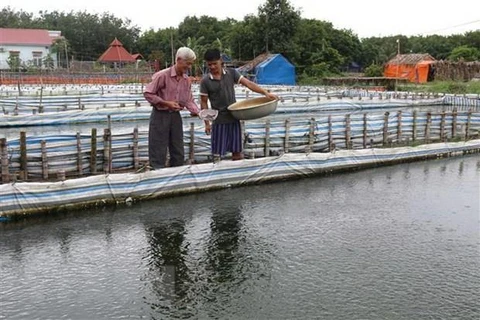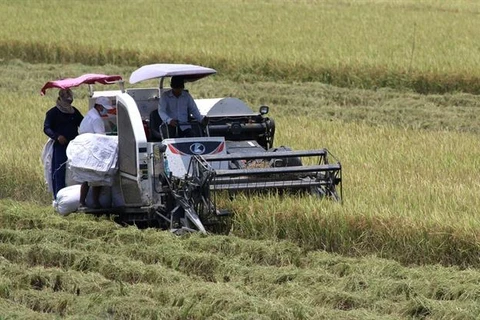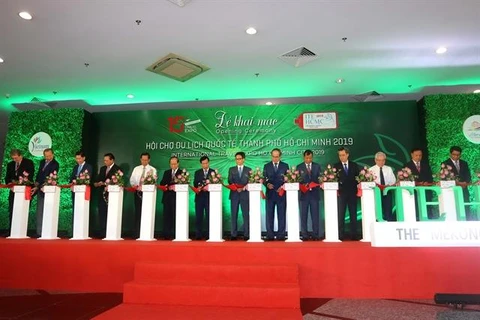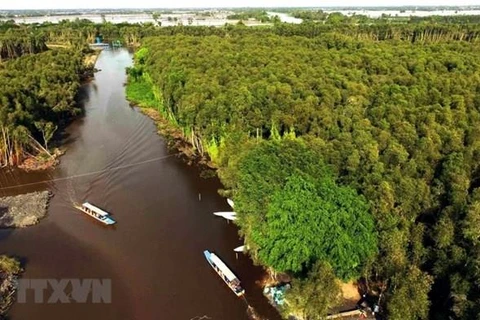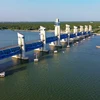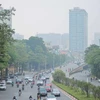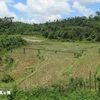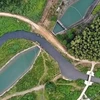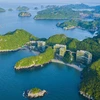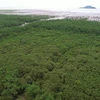Hanoi (VNA) – The Mekong Delta region is sinking between 2 and 5cm per year, Lao Dong newspaper reported, citing source from the German Agency for International Cooperation (GIZ).
The subsidence is the most serious in urban areas of Ca Mau and Soc Trang provinces, along with Can Tho city. Statistics collected in more than 1,000 locations in the region indicated that land subsidence rate has increased.
Constructions of hydropower plants in upstream Mekong River, saltwater intrusion and over-exploitation of underground water, are blamed for the situation.
The Mekong Delta comprises of 12 provinces: Long An, Dong Thap, Tien Giang, An Giang, Ben Tre, Vinh Long, Tra Vinh, Hau Giang, Kien Giang, Soc Trang, Bac Lieu, and Ca Mau, along with the centrally-run city of Can Tho, with a population of more than 20 million.
Being the country’s largest rice, fruit and seafood producer, the region is also under serious threats from extreme and unpredictable sides of climate change. With a coastal line of 770km and a dense river and canal network, it has 526 erosion sites along rivers and coastal areas, according to the Ministry of Agriculture and Rural Development.
Of the figure, 57 sites, with a total length of 164km, are at a dangerous erosion level.-VNA
The subsidence is the most serious in urban areas of Ca Mau and Soc Trang provinces, along with Can Tho city. Statistics collected in more than 1,000 locations in the region indicated that land subsidence rate has increased.
Constructions of hydropower plants in upstream Mekong River, saltwater intrusion and over-exploitation of underground water, are blamed for the situation.
The Mekong Delta comprises of 12 provinces: Long An, Dong Thap, Tien Giang, An Giang, Ben Tre, Vinh Long, Tra Vinh, Hau Giang, Kien Giang, Soc Trang, Bac Lieu, and Ca Mau, along with the centrally-run city of Can Tho, with a population of more than 20 million.
Being the country’s largest rice, fruit and seafood producer, the region is also under serious threats from extreme and unpredictable sides of climate change. With a coastal line of 770km and a dense river and canal network, it has 526 erosion sites along rivers and coastal areas, according to the Ministry of Agriculture and Rural Development.
Of the figure, 57 sites, with a total length of 164km, are at a dangerous erosion level.-VNA
VNA

